Goodbye Yellow Brick Road by Elton John
Buy Goodbye Yellow Brick Road We’ve been down this road before of critiquing double albums which would have worked better as a single album. See our recent review of Exile On Main Street […]
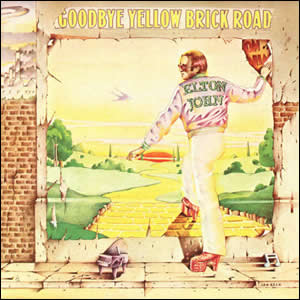
Buy Goodbye Yellow Brick Road We’ve been down this road before of critiquing double albums which would have worked better as a single album. See our recent review of Exile On Main Street […]
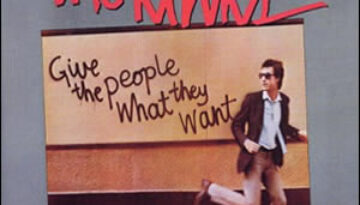
Buy Give the People What They Want Although Give the People What They Want was the 18th full-length album by The Kinks and was released nearly two decades after their actual debut, it […]
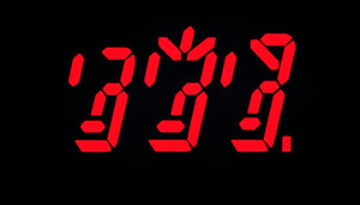
Buy Ghost In the Machine Ghost in the Machine is the fourth album by The Police and the first to actually use an English title, albeit the title was borrowed from the Albert […]
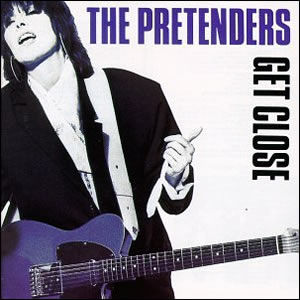
Buy Get Close The fourth overall album by The Pretenders, the 1986 release Get Close, shows a radical musical transition by the group firmly controlled by composer and lead vocalist Chrissie Hynde. In […]
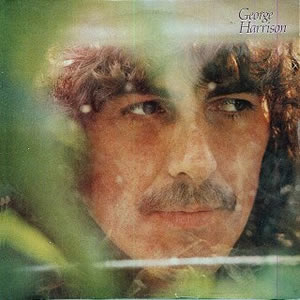
Buy George Harrison Released in early 1979, George Harrison’s eponymous studio album is a light and breezy work of bliss and contentment by the ex-Beatle as he started a new family in his […]
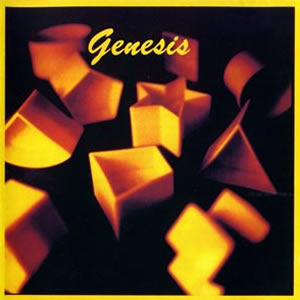
Buy Genesis Although it is titled like an eponymous debut, Genesis was actually the twelfth studio album by Genesis. The group decided to name it such because it is the first album on […]
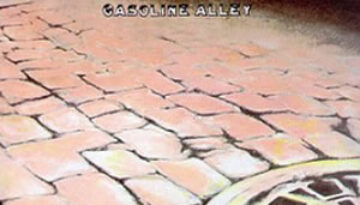
Buy Gasoline Alley His second official solo album, Gasoline Alley, is a critically acclaimed 1970 album by Rod Stewart. It features a diverse mixture of covers and originals that reflect the various styles […]
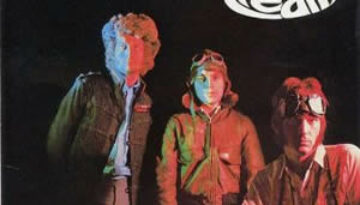
Buy Fresh Cream The British blues-rock trio Cream was, perhaps, the first to be deemed a “super group”. Their 1966 debut, Fresh Cream was produced by Robert Stigwood and includes a true fusion […]
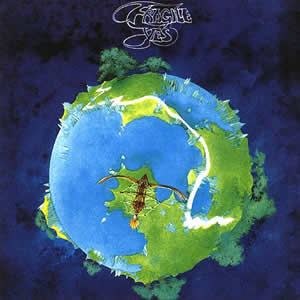
Buy Fragile Fragile, the fourth album by Yes is really a bridge between its rock-influenced predecessor, The Yes Album, and the nearly pure prog albums which would follow. The album features four tracks […]
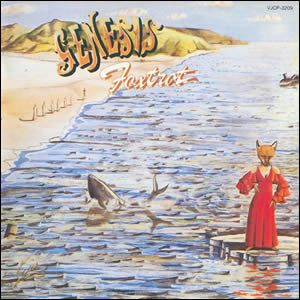
Buy Foxtrot After a couple albums of extreme experimentation in theatrical rock, Foxtrot is where it all came together for Genesis. This 1972 album was the first of three, in consecutive years, that […]